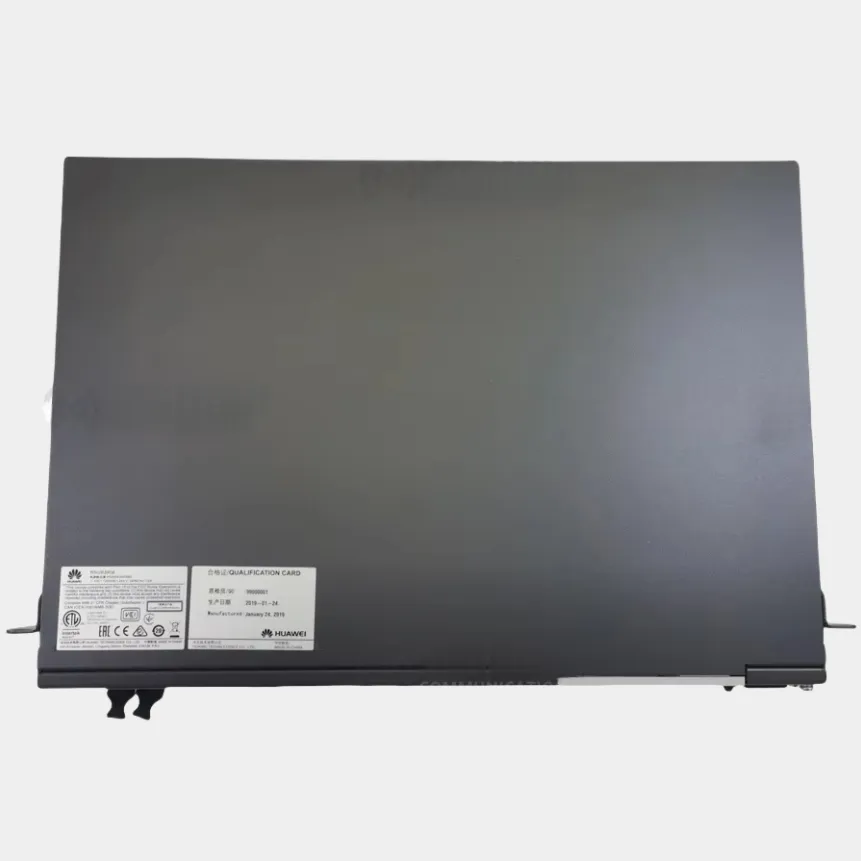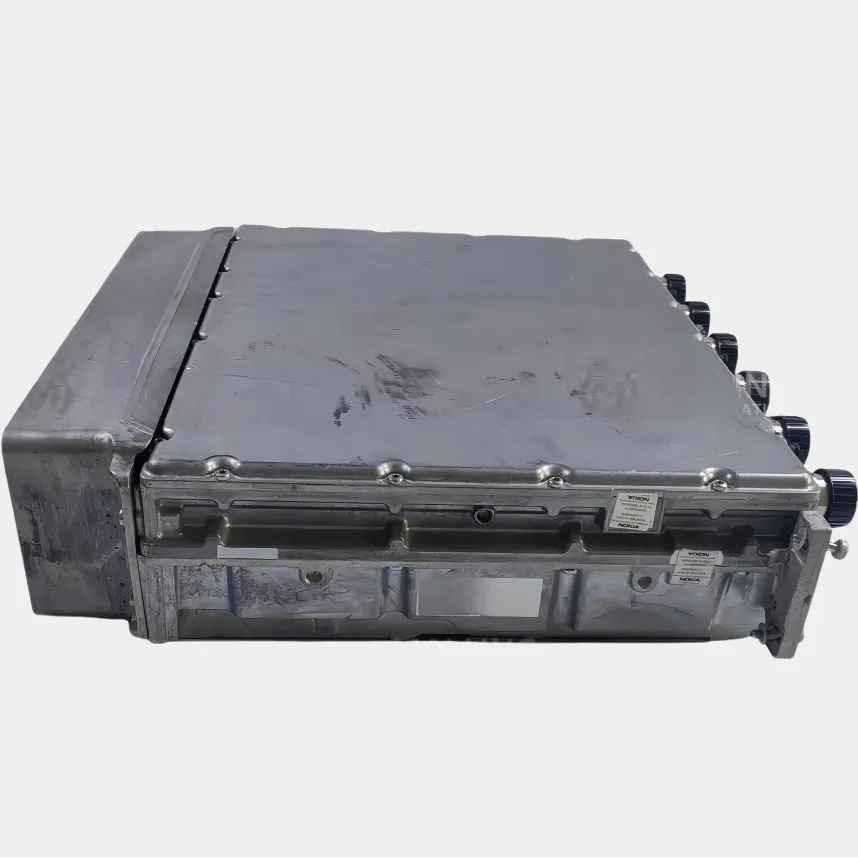Alapváltó Állomás (BTS) Áttekintés
A BTS egy vezetékes elérési állomás, amely rádiós gyakoriságú, alapkörnyezeti és irányítási egységekből áll. A jelentőségét azzal mutatja meg, hogy a magánhálózati jeleket konvertálja vezeték nélküli jelekké, amelyeket továbbít az önálló állomásoknak, valamint fogad vezeték nélküli jeleket az önálló állomásoktól, hogy ezeket visszaalakítsa digitális jeleknek a magánhálózathoz. Szerkezetileg széles körben alkalmazott a mobil kommunikációs hálózatokban, a BTS az alapelőkészlet a mobil felhasználóknak a hanghívásokra, adatinternetre és más szolgáltatásokra való hozzáféréshez.
ÁRJEGYZÉK KÉRÉSE


